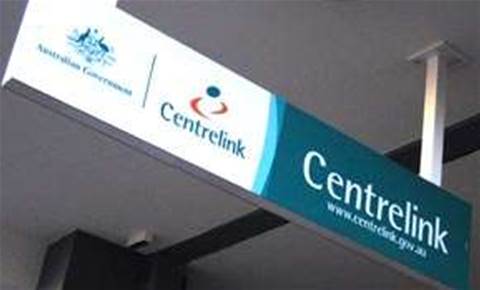
Infosys wins massive Centrelink payments engine deal
Beats IBM, Accenture for crucial WPIT project.
by Justin HendryInfosys has fought off IBM and Accenture to secure a lucrative contract with Service Australia to transform the complex payments calculation engine used to work out the eligibility of Centrelink recipients.
Minister for Government Services Stuart Robert revealed the deal with the Indian technology services and outsourcing behemoth during an address to the Australian Information Industry Association (AIIA) today in Canberra.
The trio had been competing for the complex and high-risk project since early this year, after they were shortlisted to take part in a competitive dialogue process with the then Department of Human Services.
The entitlements calculation engine (ECE) is the latest part of the department’s massive billion-dollar Centrelink payments system overhaul affectionately known as the welfare payments infrastructure transformation (WPIT) program.
The system is used for the complex, high-risk task of deciding how much to pay to welfare recipients through the country’s SAP-based Centrelink payments platform, which has already been replaced under the WPIT.
But unlike the payments platform, the existing solution – which is based on Model 204 technology and some COBOL rate calculators – is still embedded within Centrelink’s 30-year-old income security integrated system (ISIS).
The department went looking for a fully configurable end-to-end solution in September 2018 that would decouple business rules from processing using a single master entitlements rules repository, with the warning that the project promised to be a “significant” part of WPIT.
Under the new deal, Infosys will deliver an “innovative” entitlements calculator engine solution built on “highly agile and configurable” Pegasystems platform to allow the department to future-proof the welfare payments system.
“The project will enable Services Australia to more quickly implement policy changes for the benefit of Australians without disrupting services and deliver operational cost savings,” Infosys said, adding that it would allow the department to respond to policy and other regulatory changes more quickly.
It follows a 13-week competitive dialogue process with Services Australia, where Infosys – along with IBM and Accenture – worked to develop prototypes for the new solution using up to $500,000 provided by the department.
During this phase, Infosys said it was made to demonstrate a “rigorous risk-mitigation strategy”.
iTnews understand the deal was signed earlier this month, several months after the department had originally expected to make its decision.
The first phase of the project will see Infosys create a proof of design, which it expects will be complete by mid-2020, followed by a second phase that will “encompass the build, implementation and support for the new ECE” that is still subject to approval.
Infosys’ Australian-based technical team will be responsible for the project, which senior vice president and ANZ head Andrew Groth said was “well placed” for the project .
“With the technology and technical skills of our 5,500 strong team here in Australia, as well as the unique global expertise from similar projects which we can draw upon, Infosys is well placed to add value to Services Australia and enhance the outcomes of the project for all Australians,” he said.
“A robust, responsive and agile welfare entitlements system is crucial for all Australians, particularly those in need, so Infosys is tremendously proud to support Services Australia on such a transformational project that underpins the Australian community and broader economy.
The procurement for the new calculation engine is the first major procurement under WPIT since Accenture was chosen to provide systems integration in 2016.
Infosys was the only company not on the systems integration panel for the mammoth welfare system upgrade, which consists of Accenture, Capgemini, IBM and DXC.
More to come